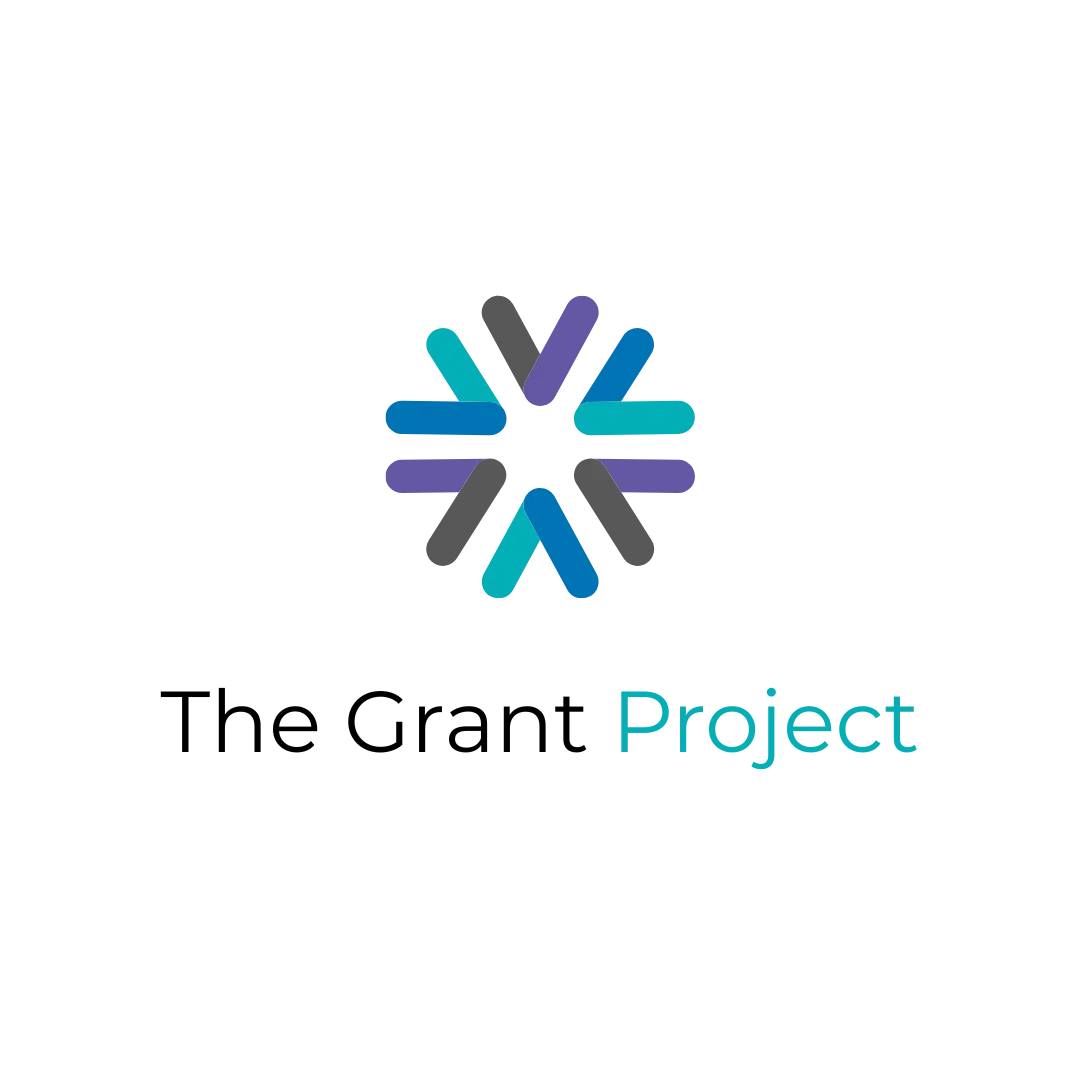
7 Mistakes With Your Grant Strategy (and How to Fix Them in 90 Days)
7 Mistakes with Your Grant Strategy (and How to Fix Them in 90 Days)
The grant funding landscape in 2025 is more competitive than ever. Federal agencies are tightening requirements, private foundations are scrutinizing impact metrics more closely, and organizations across all sectors are vying for the same pool of resources. Whether you're leading a nonprofit serving vulnerable populations or managing a municipal department seeking infrastructure funding, strategic missteps in your grant approach can cost you millions in potential revenue.
The difference between organizations that consistently secure funding and those that struggle isn't luck— it's strategy. After reviewing thousands of proposals and working with organizations nationwide, seven critical strategic mistakes emerge repeatedly, undermining even the most well-intentioned efforts. The encouraging news is that these mistakes are entirely fixable with focused attention and systematic implementation over 90 days.
Mistake #1: Pursuing Every Opportunity Without Strategic Focus
Organizations often adopt a "spray and pray" approach, applying for any grant that seems remotely applicable. A homeless services nonprofit applies for environmental grants because they mention "community improvement." A city transportation department pursues arts funding because their bus rapid transit project includes public art components. This scattered approach dilutes your organizational capacity and confuses your messaging.
The 90-Day Fix: Establish clear funding priorities aligned with your core mission and strategic plan. Spend weeks 1-2 conducting an organizational capacity audit: identify your strongest program areas, most compelling outcomes, and available staffing resources. During weeks 3-4, develop a funding strategy matrix that scores potential opportunities based on mission alignment (1-10), organizational capacity (1-10), and likelihood of success (1-10). Only pursue opportunities scoring 24 or higher. Want a ready -to-use Grant Tracker? Check out our resources page for an interactive grant tracker that can be downloaded for your use! Use weeks 5-8 to create standardized language describing your organization's core competencies that can be adapted across related funding streams.
Mistake #2: Ignoring Funder Relationship Building
Too many organizations treat grant applications like online shopping where you just click the submit button and hope for the best. They miss the fundamental reality that grants represent partnerships between funders and implementers. A community development corporation submits housing proposals without ever speaking to program officers. A county health department applies for CDC funding without attending technical assistance webinars or engaging with regional program managers.
The 90-Day Fix: Develop a systematic relationship-building strategy. Week 1, create a comprehensive contact database for your top 20 target funders, including program officers, regional representatives, and technical assistance providers. Weeks 2-4, begin systematic outreach: attend virtual information sessions, schedule brief phone calls to discuss organizational priorities, and engage meaningfully with funder communications. Weeks 5-8, implement a quarterly touchpoint system to maintain relationships even when you're not actively applying. Document all interactions in a shared database to ensure institutional knowledge retention.
Mistake #3: Underestimating the True Cost of Implementation
Organizations consistently underbudget their projects, either to appear more cost-effective or because they genuinely underestimate resource requirements. A youth development organization proposes to serve 500 teens annually but only budgets for one part-time coordinator. A municipal fire department seeks equipment funding but fails to account for ongoing maintenance, training, and certification costs.
The 90-Day Fix: Develop comprehensive budget templates that account for all implementation costs. Week 1, analyze your last three completed projects to identify consistently underestimated expense categories. Weeks 2-3, create detailed budget worksheets that include direct costs, indirect costs, staff time allocation, and sustainability planning. Week 4, establish partnerships with finance staff or consultants who can review budgets before submission. Weeks 5-8, build a library of cost benchmarks for common project elements (training sessions, equipment purchases, personnel costs) to improve future budget accuracy.
Mistake #4: Weak Problem Definition and Needs Assessment
Many organizations jump straight to solutions without adequately demonstrating the problem's scope, urgency, and community impact. A rural hospital applies for telehealth funding by stating "we need better technology" rather than presenting data about patient travel distances, specialist access, and health outcomes. A city parks department seeks recreation facility funding without documenting usage patterns, demographic needs, or community input.
The 90-Day Fix: Conduct thorough needs assessments using multiple data sources. Weeks 1-2, gather quantitative data from credible sources: census data, state databases, peer-reviewed research, and organizational records. Weeks 3-4, collect qualitative evidence through stakeholder interviews, focus groups, or community forums. Week 5, synthesize findings into compelling narratives that connect local conditions to broader regional or national trends. Weeks 6-8, develop a needs assessment template that can be updated regularly and adapted for different funding opportunities.
Mistake #5: Promising Unrealistic or Unmeasurable Outcomes
Organizations often commit to outcomes they cannot realistically achieve or accurately measure. A workforce development agency promises to place 90% of participants in jobs paying above median wage without considering local economic conditions. A county emergency management office pledges to "significantly improve disaster preparedness" without defining specific, measurable benchmarks.
The 90-Day Fix: Develop an outcomes framework based on historical data and realistic projections. Week 1, review your organization's track record over the past three years: what outcomes have you actually achieved, and what factors influenced success? Weeks 2-3, research industry benchmarks and consult with peer organizations to validate your targets. Week 4, create logic models that clearly connect activities to outputs to short-term and long-term outcomes. Weeks 5-8, establish data collection systems that can capture baseline measurements and track progress toward stated goals.
Mistake #6: Inadequate Organizational Capacity and Sustainability Planning
Funders increasingly scrutinize organizational capacity to ensure grantees can successfully implement proposed projects and sustain impact beyond the funding period. A small environmental nonprofit applies for a $2 million watershed restoration grant with only two full-time staff members. A mid-sized city pursues federal transportation funding without dedicated grant management staff or established project management protocols.
The 90-Day Fix: Complete honest organizational capacity assessments and develop realistic growth plans. Weeks 1-2, inventory current organizational assets: staffing levels, technical expertise, financial management systems, and project management capabilities. Week 3, identify capacity gaps that could hinder project implementation. Weeks 4-5, develop strategies to address gaps through hiring, contractor partnerships, or board development. Weeks 6-8, create sustainability plans that outline how project benefits will continue after funding ends, including diversified funding strategies and community ownership models.
Mistake #7: Poor Collaboration and Stakeholder Engagement
Many organizations develop projects in isolation, missing opportunities for meaningful partnerships that could strengthen their proposals and expand their impact. A community college applies for workforce training grants without engaging local employers who could provide internships and job placement. A city economic development office pursues downtown revitalization funding without including community development corporations, neighborhood associations, or local businesses in planning processes.
The 90-Day Fix: Build authentic collaborative relationships before you need them for specific proposals. Week 1, map your organization's stakeholder ecosystem: identify all parties who could benefit from or contribute to your work. Weeks 2-3, reach out to potential partners to understand their priorities, resources, and potential areas of collaboration. Week 4, develop partnership agreements or memoranda of understanding that outline roles, responsibilities, and resource sharing. Weeks 5-8, implement regular stakeholder communication systems and joint planning processes that create genuine collaborative capacity.
Strategic Implementation: Maximizing Your 90-Day Investment
Addressing these strategic mistakes requires systematic organizational change, not just individual proposal improvements. Start by conducting an honest assessment of which mistakes most significantly impact your organization's funding success. Most organizations struggle with 3-4 of these issues simultaneously.
Assign specific staff members or teams to lead implementation of each area, with clear accountability measures and regular progress check-ins. Consider engaging board members, community partners, or consultants to provide external perspective and expertise where internal capacity is limited.
The organizations that consistently secure major grants distinguish themselves through strategic discipline, relationship focus, and commitment to measurable impact. By systematically addressing these seven strategic mistakes over the next 90 days, you'll position your organization for sustained funding success while building the operational excellence that funders increasingly demand.
The investment in strategic grant development pays dividends beyond individual awards: it creates organizational systems and relationships that support long-term sustainability and expanded impact. Start today, and within three months, you'll have transformed your approach from reactive proposal writing to proactive strategic fundraising.
Ready to transform your nonprofit or local government's approach to grant funding? Subscribe to The Grant Project Newsletter below for expert insights, funding opportunity alerts, and proven strategies that help communities secure the resources they need to thrive.

